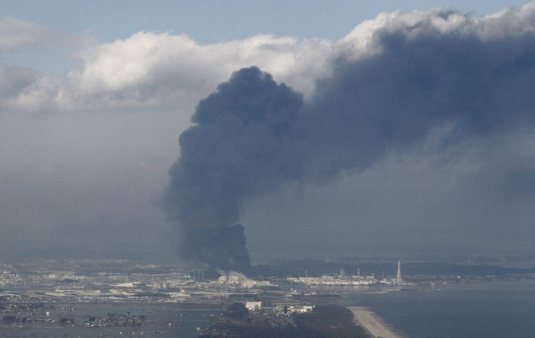
Radiation levels in most of Japan are below cancer-causing levels a year after the Fukushima plant accident, a World Health Organisation (WHO) report published on Wednesday says.
Two areas near the plant have relatively higher doses of radiation, but radiation levels in surrounding countries are close to normal.
The preliminary report is part of a wider ongoing health assessment by WHO.
Fukushima nuclear plant was badly damaged in the 2011 Japan earthquake.
Separately a UN scientific committee said several workers at the plant had been "irradiated after contamination of their skin".
"Six workers have died since the accident but none of the deaths were linked to irradiation," said a statement issued on interim findings by the United Nations Scientific Committee on the Effects of Radiation (UNSCEAR).
Namie town and Itate village, near the plant in eastern Japan, are exposed to radiation doses of 10-50 millisieverts (mSv), while the rest of Fukushima has radiation doses of 1-10 mSv, the WHO report said.
Most of Japan has doses of 0.1-1 mSv, while neighbouring countries have less than 0.01 mSv.
The report says that the dose levels outside Japan are below levels regarded by the international radiological protection community as "very small".
People are exposed on average to around 2 mSv of radiation a year from the natural environment, although there is considerable variation in this dose between individuals. The single-year limit for occupational exposure of workers is 50 mSv.
To avoid any underestimation of radiation levels, the report used conservative assumptions, and says some of the doses may have been overestimated.
The earthquake and tsunami in Japan in March 2011 triggered a nuclear meltdown at Fukushima Daiichi nuclear plant, causing radiation leaks and forcing the evacuation of thousands of people.
via BBC
and if interested in good docu about tsunami,here`s trailer for it( WARNING: some viewers might find it disturbing) :
[youtube]FTJIs4XRs_Q[/youtube]



